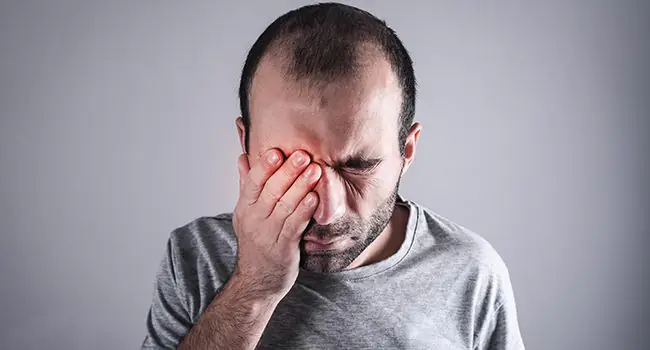Glaucoma is a serious eye condition that can lead to vision loss if left untreated. Many individuals wonder, “Is glaucoma hereditary?” The answer is complex but important—family history plays a significant role in the risk of developing glaucoma. Understanding the genetic factors, risk assessments, and preventive measures can help those with a family history of glaucoma manage their eye health effectively.
Meaning
Glaucoma is a group of eye diseases that cause damage to the optic nerve, often due to increased intraocular pressure (IOP). This damage can result in gradual vision loss, sometimes without noticeable symptoms until the disease has progressed significantly.
Causes
The primary cause of glaucoma is elevated intraocular pressure, which can result from fluid buildup in the eye. However, other contributing factors include:
- Age: Glaucoma is more common in individuals over 40.
- Genetics: A family history of glaucoma increases the risk significantly.
- Ethnicity: African, Hispanic, and Asian populations have a higher risk.
- Medical Conditions: Diabetes, hypertension, and heart disease can contribute to glaucoma.
- Eye Trauma: Injuries to the eye can cause increased intraocular pressure.
- Long-Term Steroid Use: Prolonged use of corticosteroid medications can elevate the risk.
Family Risk
Family History and Glaucoma
Individuals with a family history of glaucoma are at a higher risk of developing the disease. Research suggests that having an immediate relative with glaucoma increases the likelihood by up to four to nine times compared to those without a family history. Family history is one of the strongest predictors of glaucoma, particularly for primary open-angle glaucoma (POAG), the most common form of the disease.
Genetic Factors
Glaucoma has been linked to multiple genetic mutations, particularly in genes like MYOC, OPTN, and TBK1. These genetic markers influence how fluid drains from the eye and how optic nerve damage occurs. While not all glaucoma cases are hereditary, studies indicate that genetics play a role in the development and progression of the disease.
- MYOC gene: Associated with early-onset glaucoma and increased eye pressure.
- OPTN gene: Linked to optic nerve damage.
- TBK1 gene: Implicated in normal-tension glaucoma.
Does It Skip a Generation?
Many people ask, “Does glaucoma skip a generation?” While it is possible for some individuals to avoid developing glaucoma despite a family history, this does not mean they are not carriers of risk-related genes. Factors such as lifestyle, overall health, and medical care can influence whether the condition manifests. Regular eye checkups are essential for those with a family history, even if previous generations did not develop glaucoma.
Early Signs
Detecting glaucoma early is crucial for preventing irreversible vision loss. Some common early signs include:
- Gradual loss of peripheral vision – Often unnoticed in the early stages.
- Blurred vision – Can occur as optic nerve damage progresses.
- Eye pain or discomfort – Especially in cases of acute glaucoma.
- Seeing halos around lights – A sign of increased eye pressure.
- Frequent changes in prescription glasses – May indicate optic nerve damage.
- Increased eye pressure – Detectable through routine eye exams.
Prevention & Care
Although genetics play a role, there are steps you can take to minimize the risk of developing glaucoma:
- Regular Eye Exams: Individuals with a family history should undergo comprehensive eye exams at least once a year.
- Healthy Diet: A diet rich in antioxidants, leafy greens, and omega-3 fatty acids supports eye health.
- Exercise: Moderate physical activity helps regulate intraocular pressure.
- Avoid Smoking & Excessive Alcohol: These habits can contribute to optic nerve damage.
- Monitor Other Health Conditions: Managing diabetes and hypertension can reduce overall eye health risks.
When to See a Doctor
If you have a family history of glaucoma or notice any symptoms, it’s crucial to consult an ophthalmologist immediately. Early diagnosis and treatment, including medicated eye drops, laser therapy, or surgery, can slow the progression of the disease and preserve vision. Regular checkups can help monitor changes in eye pressure and optic nerve health.
Conclusion
Glaucoma is a serious yet manageable condition, especially for those with a family history of the disease. Understanding genetic risks and adopting a proactive approach to eye health can significantly prevent vision loss.
Schedule a comprehensive eye exam today and take control of your eye health. Book an Eye Checkup Now!
FAQs
Yes, congenital glaucoma is a rare condition present at birth due to abnormal eye development. It requires early medical intervention.
No, having a family history increases your risk, but preventive care and early diagnosis can help manage or prevent the disease.
Regular eye checkups, a healthy lifestyle, and controlling other health conditions can significantly lower your risk.





